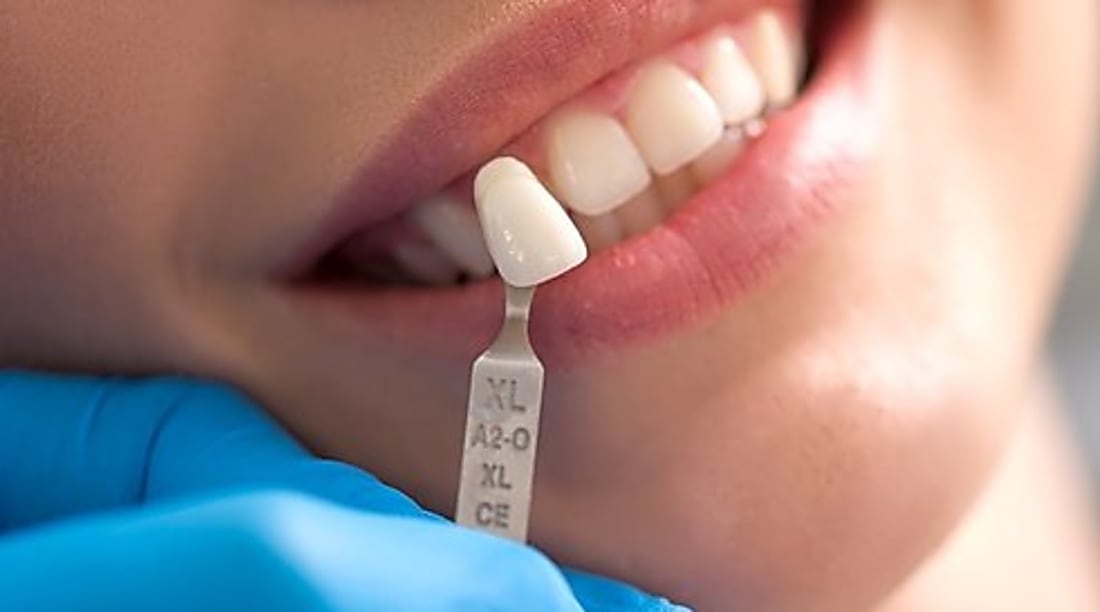Benefits and Advantages of Screwless Dental Implants
Screwless dental implants represent an innovative approach to tooth replacement that differs from conventional implant methods. This alternative technique has gained attention for its potential to reduce discomfort, lower costs, and simplify the restoration process. For patients exploring tooth replacement options, understanding the distinctions between screwless and traditional screw-based implants can help inform treatment decisions and set realistic expectations about outcomes, recovery, and financial investment.

A Clearer Look at Why Screwless Implants Can Be a More Affordable Option
Screwless dental implants typically involve fewer components than traditional implant systems, which can translate to reduced material costs. Conventional implants require multiple parts including the implant post, abutment, and crown, each adding to the overall expense. Screwless systems often integrate these components or simplify the assembly process, potentially lowering the cost of materials and laboratory work. Additionally, the simplified design may reduce chair time during placement, which can decrease procedural fees. However, affordability varies significantly based on geographic location, dental practice pricing structures, and individual patient needs. While screwless implants may offer cost advantages in some cases, patients should request detailed treatment estimates and compare them with traditional implant quotes to determine actual savings.
Understanding How the Screwless Method Reduces Invasiveness
The screwless implant technique typically involves less bone preparation compared to traditional screw-type implants. Conventional implants require precise drilling to create a threaded socket for the screw fixture, which can generate heat and place mechanical stress on surrounding bone tissue. Screwless systems often use press-fit or friction-fit methods that may preserve more natural bone structure and reduce trauma during placement. Some screwless designs utilize smooth surfaces or specialized coatings that encourage bone integration without the need for threading. This gentler approach can result in less post-operative swelling, reduced discomfort, and potentially faster initial healing. The minimally invasive nature of screwless placement may also make the procedure suitable for patients with moderate bone density concerns, though comprehensive evaluation remains essential.
A Realistic Comparison of Costs Between Screwless and Traditional Implants
Pricing for dental implants varies widely based on multiple factors including implant type, geographic region, practitioner experience, and additional procedures required. Understanding the cost landscape helps patients budget appropriately and identify potential savings.
| Implant Type | Typical Cost Range | Key Cost Factors |
|---|---|---|
| Traditional Screw Implants | $1,500 - $3,500 per tooth | Multiple components, surgical complexity, laboratory fees |
| Screwless Implants | $1,200 - $2,800 per tooth | Simplified design, reduced components, shorter procedure time |
| Full Arch Traditional | $15,000 - $30,000 | Multiple implants, extensive planning, custom prosthetics |
| Full Arch Screwless | $12,000 - $25,000 | Streamlined process, fewer parts, potentially faster completion |
Prices, rates, or cost estimates mentioned in this article are based on the latest available information but may change over time. Independent research is advised before making financial decisions.
These figures represent general estimates and actual costs depend on individual treatment plans, insurance coverage, and regional pricing variations. Patients should obtain written quotes from multiple providers and inquire about financing options or payment plans that can make treatment more accessible.
What Patients Should Know About the Gentler Implant Process
The screwless implant procedure typically begins with a thorough examination including imaging studies to assess bone quality and oral health status. Unlike traditional implants that require precise threading into bone, screwless systems are often placed using controlled pressure techniques that minimize tissue disruption. The healing period for screwless implants may be shorter in some cases, with initial integration occurring within weeks rather than months. However, complete osseointegration still requires adequate time for bone to fully bond with the implant surface. Patients generally experience less post-operative discomfort with screwless methods, though individual responses vary. Proper oral hygiene and adherence to post-placement instructions remain critical for successful outcomes. Some screwless systems allow for immediate or early loading, meaning temporary restorations can be attached sooner, improving aesthetics and function during the healing phase.
A Practical Guide to Choosing a Budget-Friendly and Less-Invasive Implant Alternative
Selecting the appropriate implant system requires careful consideration of multiple factors beyond cost alone. Patients should evaluate their specific oral health conditions, including bone density, gum health, and the number of teeth requiring replacement. Consulting with experienced dental professionals who offer both traditional and screwless options ensures access to comprehensive treatment planning. Questions to ask include the success rates of different implant types, expected longevity, maintenance requirements, and potential complications. Budget-conscious patients should explore dental schools, community health centers, or practices offering payment plans as potential avenues for more affordable care. Geographic flexibility can also impact costs, as pricing varies significantly between urban and rural areas. Researching practitioner credentials, reading patient reviews, and requesting before-and-after documentation helps assess quality and set realistic expectations. While screwless implants may offer advantages in certain situations, they are not universally suitable for all cases, and thorough evaluation determines the most appropriate approach.
Long-Term Considerations and Maintenance Requirements
Both screwless and traditional implants require ongoing care to ensure longevity and prevent complications. Regular dental check-ups, professional cleanings, and diligent home hygiene practices are essential regardless of implant type. Screwless implants may have different maintenance protocols compared to screw-retained systems, and patients should follow their dentist’s specific recommendations. Long-term success rates for screwless implants continue to be studied, with emerging research providing insights into durability and performance over decades. Factors affecting implant lifespan include patient health conditions such as diabetes or osteoporosis, lifestyle habits like smoking, and the quality of the initial placement procedure. Understanding warranty or guarantee policies offered by dental practices can provide additional peace of mind and financial protection. Patients should maintain detailed records of their implant treatment, including manufacturer information and placement dates, to facilitate future care and potential replacements.
Conclusion
Screwless dental implants offer a promising alternative to traditional screw-based systems, with potential benefits including reduced invasiveness, lower costs, and simplified procedures. While these advantages make screwless implants appealing for many patients, individual suitability depends on specific oral health conditions and treatment goals. Thorough consultation with qualified dental professionals, careful comparison of costs and benefits, and realistic expectations about outcomes are essential steps in making informed decisions about tooth replacement options. As implant technology continues to evolve, patients have increasingly diverse choices that balance effectiveness, comfort, and affordability.




